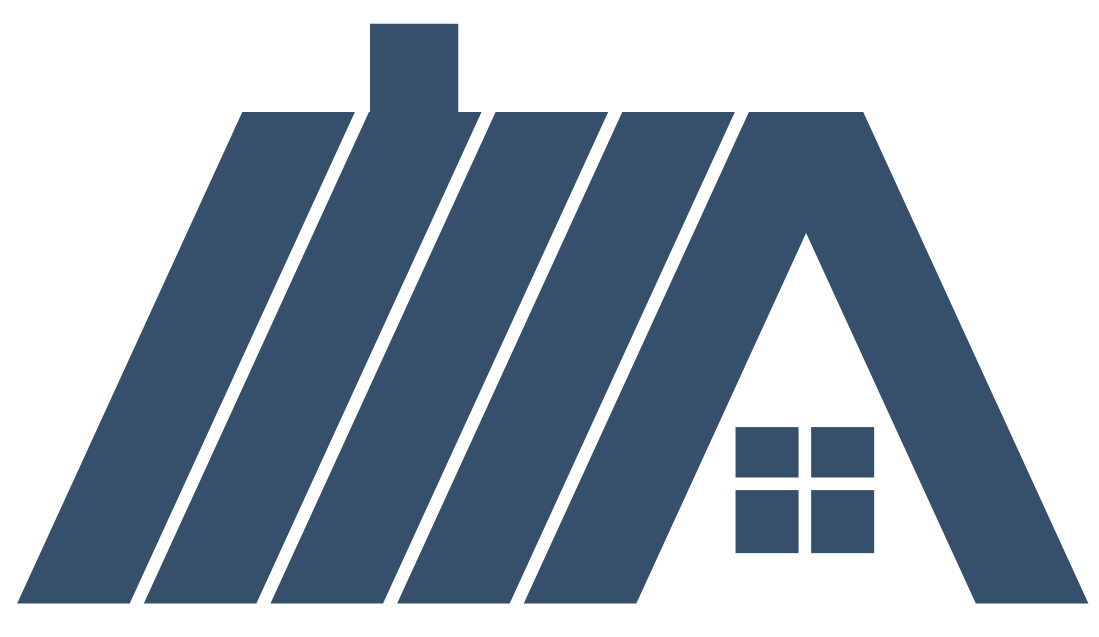What Is Routine Maintenance On A Roof In Atlanta?
Introduction
Maintaining a roof isn't just about aesthetics; it’s a crucial element of homeownership that safeguards your investment, enhances energy efficiency, and ensures safety. Whether you have a flat roof or traditional sloped roofing, routine roof maintenance is essential for longevity and performance. Understanding the key tasks involved can make all the difference in preventing costly repairs or premature roof replacement.
This article dives deep into the intricacies of routine roof maintenance, including common tasks, benefits of regular upkeep, and how to choose the right roofing company or contractor. By the end, you’ll be equipped with practical knowledge to maintain your roof effectively.
Routine Roof Maintenance: Key Tasks for Longevity and Performance
Understanding Roof Maintenance
Roof maintenance encompasses all activities performed to keep your roofing system in peak condition. It includes inspections, cleaning, repairs, and modifications such as skylight installation or attic ventilation improvements. Regular maintenance helps identify issues early on before they escalate into significant problems.
What Are the Benefits of Regular Roof Maintenance?
- Prevention of Damage: Catching small problems early can save you from extensive damage later.
- Increased Lifespan: Well-maintained roofs can last significantly longer than neglected ones.
- Energy Efficiency: Proper insulation and ventilation can lower energy bills.
- Enhanced Safety: A secure roof protects against leaks and structural failures.
Key Components of Routine Roof Maintenance
- Inspect your roof at least twice a year—preferably in spring and fall.
- Look for missing shingles, cracks, or signs of wear.
- Remove leaves, branches, and other debris that can cause water pooling.
- Keep gutters clean to ensure proper drainage.
- Ensure your attic has adequate ventilation to prevent heat buildup and moisture accumulation.
- Poor attic ventilation can lead to mold growth and wood rot.
- Regularly inspect skylights for leaks or cracks.
- Replace seals when necessary to maintain energy efficiency.
- For flat roofs, check for standing water, punctures, or blisters regularly.
- Employ a professional roofing contractor if issues arise.
How Often Should You Perform Roof Maintenance?
While some may think once a year is enough, it’s wise to inspect your roof more frequently—especially after severe weather events.
Best Times to Conduct Inspections
- After Heavy Rain
- After Snow Accumulation
- Following Strong Winds
Common Signs Your Roof Needs Attention
Visible Leaks: Water stains on walls or ceilings indicate leaks needing immediate attention.
Curling Shingles: This can indicate aging materials that may need replacement soon.

Moss Growth: While moss may seem harmless, it traps moisture leading to decay.
The Role of Professional Roofing Companies in Maintenance
Choosing a reputable roofing company is essential for effective maintenance services. A qualified roofing contractor will not only perform necessary checks but also provide expert recommendations tailored to your specific roofing type.
Finding a Reliable Roofing Contractor
DIY vs Professional Roof Maintenance
While many homeowners feel confident performing minor maintenance tasks themselves—like gutter cleaning—it’s often best to hire professionals for more complex jobs such as skylight installation or intensive inspections.
Pros and Cons of DIY
| Pros | Cons | |---------------------------|------------------------------| | Cost-effective | Risk of injury | | Immediate action | Lack of expertise | | Sense of accomplishment | Potential oversight of issues |
Cost Considerations for Routine Roof Maintenance
Investing in regular maintenance may seem daunting financially; however, it's crucial to understand it’s far less expensive than emergency repairs resulting from neglect.

Typical Costs Involved
FAQs About Routine Roof Maintenance
1. How often should I inspect my roof?
You should inspect your roof at least twice a year—spring and fall are ideal times—but also after severe weather conditions.
2. What are common signs that my roof needs repair?
Look out flat roof maintenance for visible leaks inside your home, curling shingles outside, moss growth on the surface, or granule loss in the gutters.
3. Can I perform my own roof maintenance?
Yes! Simple tasks like clearing debris or checking attic ventilation can be done by homeowners; however, anything beyond that is best left to professionals.
4. What is included in commercial roof maintenance?
Commercial roof maintenance typically includes inspections, cleaning debris from rooftops and gutters, checking seams (for flat roofs), repairing leaks promptly, etc.
5. How does attic ventilation affect my roof?
Proper attic ventilation prevents moisture build-up that could lead to mold growth and structural damage over time.
6. When should I consider replacing my roof instead of repairing it?
If your roof is nearing the end of its lifespan (typically 20 years for asphalt shingles) or has extensive damage throughout rather than isolated spots—replacement might be more cost-effective long-term.
Conclusion
To wrap things up neatly—as we've explored throughout this article—routine roof maintenance is not just an option; it's an absolute necessity if you want longevity and optimal performance from your roofing system! From regular inspections by skilled professionals to addressing minor repairs yourself when possible—the steps you take today will pay dividends down the line!
Remember that investing in quality materials during initial installations along with consistent care will yield significant returns on both functionality and aesthetics over time! So don’t wait until those pesky leaks show up; start prioritizing routine upkeep now!
By following these guidelines on Routine Roof Maintenance: Key Tasks for Longevity and Performance, you'll be well-equipped to protect one of your most valuable assets—your home!
